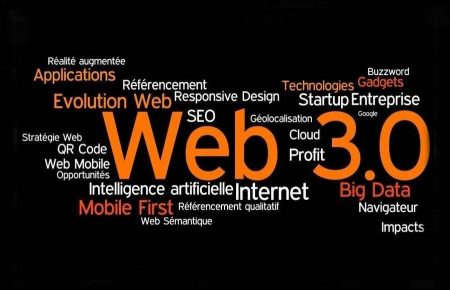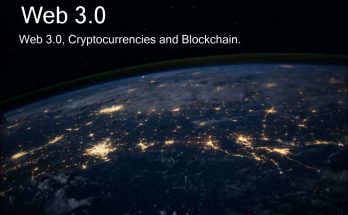In the 1990s it was known as the AI web. But it has been reinterpreted with the development of Blockchain technology. It is now defined as a Blockchain-based distributed web scheme. In other words, it is defined as a new web order that will be created by distributed applications where there is no authority like Google.
There are a few things we need to know about Web 3.0. The first is the concept of ownership: Although we use Facebook, WhatsApp, we do not own them. Facebook can close our account at any time. In Web 3.0, the concept of ownership appears.
The second is the concept of trust: We trusted a technology company in the Web 2.0 stage, in the social networks stage. We had confidence that he would use our data honestly. However, we saw that this also collapsed with the Facebook scandal.
In Web 3.0, there is no authority. We no longer rely on the center but on cryptology. Third, one of the things Web 3.0 will bring is financially connecting the world.
For example, when a person reads an article on a website, he can press the like button if he likes it. In Web 3.0, on the other hand, he will be able to donate if he wants, beyond liking.
In the Web 1.0 stage, a blogger could only see how many people read. In the Web 2.0 stage, he could see the people who liked and commented. In the Web 3.0 stage, it can be financed by individual readers with payments at work. In this way, productivity can also be maintained.
Decentralized data with Web 3.0
One of the critical points in Web 3.0 is this: What data do we give to the internet right now? We can use our social media accounts, e-mail password, etc. but more and more things will be connected to the internet. It ranges from the vacuum cleaner in our home to the smart devices in our car. In other words, as more objects connect to the internet, we will be giving more data to the internet.
A fundamental question arises as we begin to put data of critical things in our lives online: Do we want to keep our data on a central server or secure it with distributed cryptology?
For example, we have to give the map of our house to a company on Web 2.0. In Web 3.0, it will be kept in a cryptologically distributed file system. Unlike Web 2.0, Web 3.0 will have a decentralized data storage. This means that data crises in Web 2.0 can be resolved in the new version.
Hits: 47



